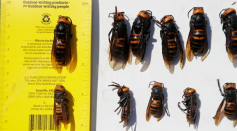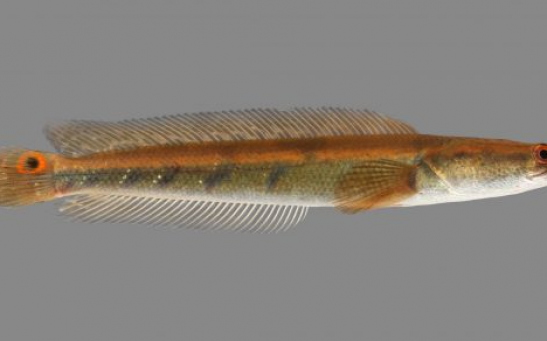invasive

nvasive 'Murder Hornet' Seen No Presence in Washington State Since 2019, Indication of Control
Invasive Giant Lizards Threatens Wildlife in Georgia
How One Endangered Species Is Making A Change For the Better—Eating Sweeter Flora Instead
The Energy for a New Crawl—Galápagos Tortoises Feast on Invasive Plants for a New Foraging Technique
Most Popular

How Technology Is Changing the Real Estate Industry?

How a Plant-Based Diet Can Protect Against Breast Cancer: Insights from Nutrition Research

Study Reveals High Turnover in Scientific Research Careers: What This Means for Future Scientists

Why It's So Difficult to Lose Weight: The Biological Explanation Behind Obesity






